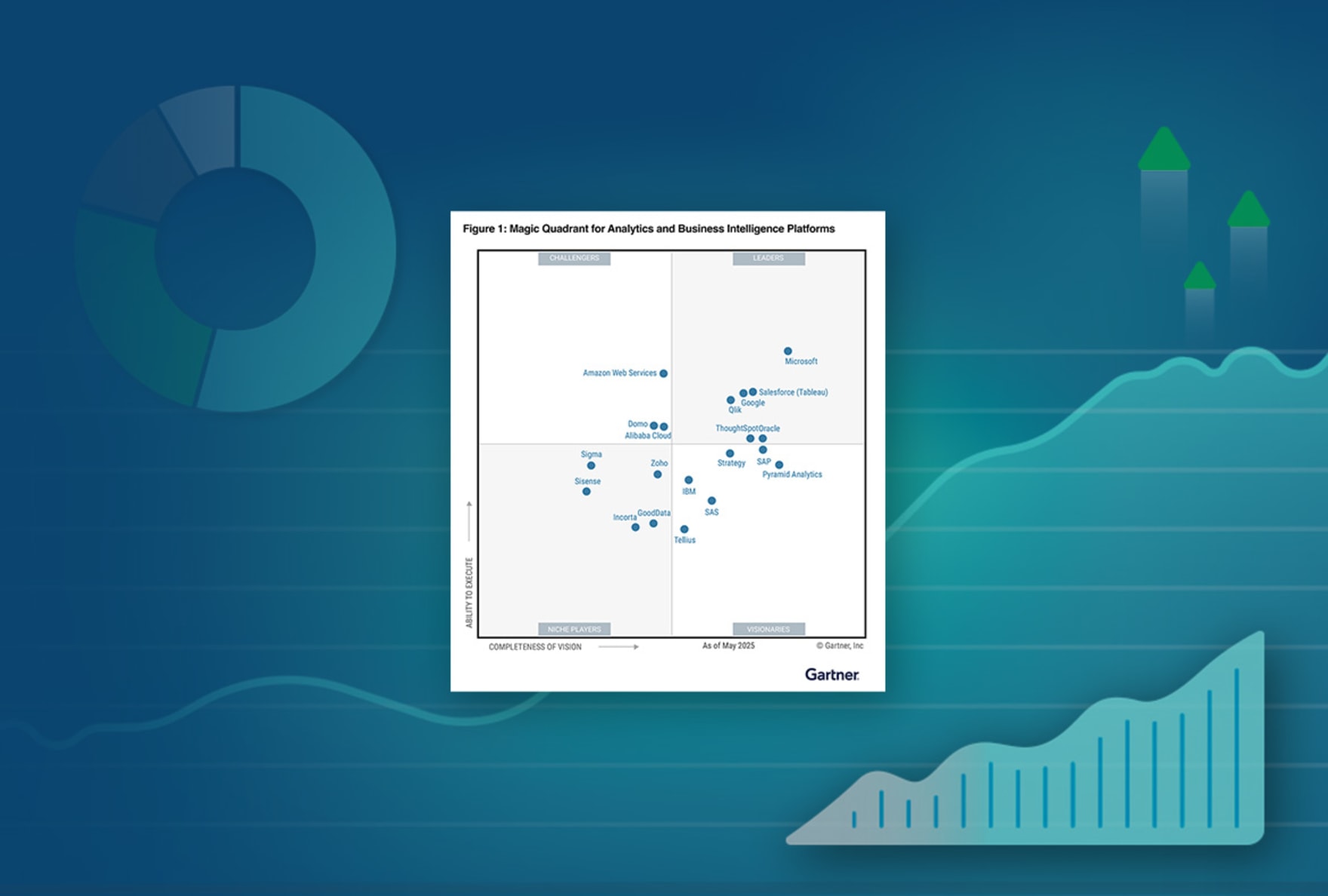Web analytics dashboard
1. Simple web analytics

This type of dashboard, similar to a Google Analytics dashboard, typically includes information such as:
Traffic Sources: This section outlines where the website's visitors are coming from. It may break down sources into categories like organic search, direct traffic, referrals, and social media.
Page Views and Sessions: These metrics indicate how many pages visitors view and how many separate visits (or sessions) are recorded on the website.
Bounce Rate: This is the percentage of visitors who leave the website after viewing only one page, which can indicate how engaging or relevant the content is.
Conversion Rate: This measures the percentage of visitors who complete a specific action, such as making a purchase or filling out a contact form.
User Behavior: Information on how users navigate the site, including popular paths, landing pages, exit pages, and time spent on each page.
Demographic and Geographic Data: This can include information about the location, age, gender, and interests of the website's visitors.
Goal Completions: This feature allows businesses to track specific objectives, such as form submissions, downloads, or purchases.
Explore a Simple Web Analytics Dashboard
2. Sophisticated web analytics

This type of custom dashboard, available in a modern data analytics or business intelligence platform, brings together data from multiple systems to let you close the loop between marketing campaigns and revenue. This helps you to optimize your digital marketing budget and efforts, such as Google Ads and SEO, based on what’s actually driving revenue, not just activity on your website.



















































